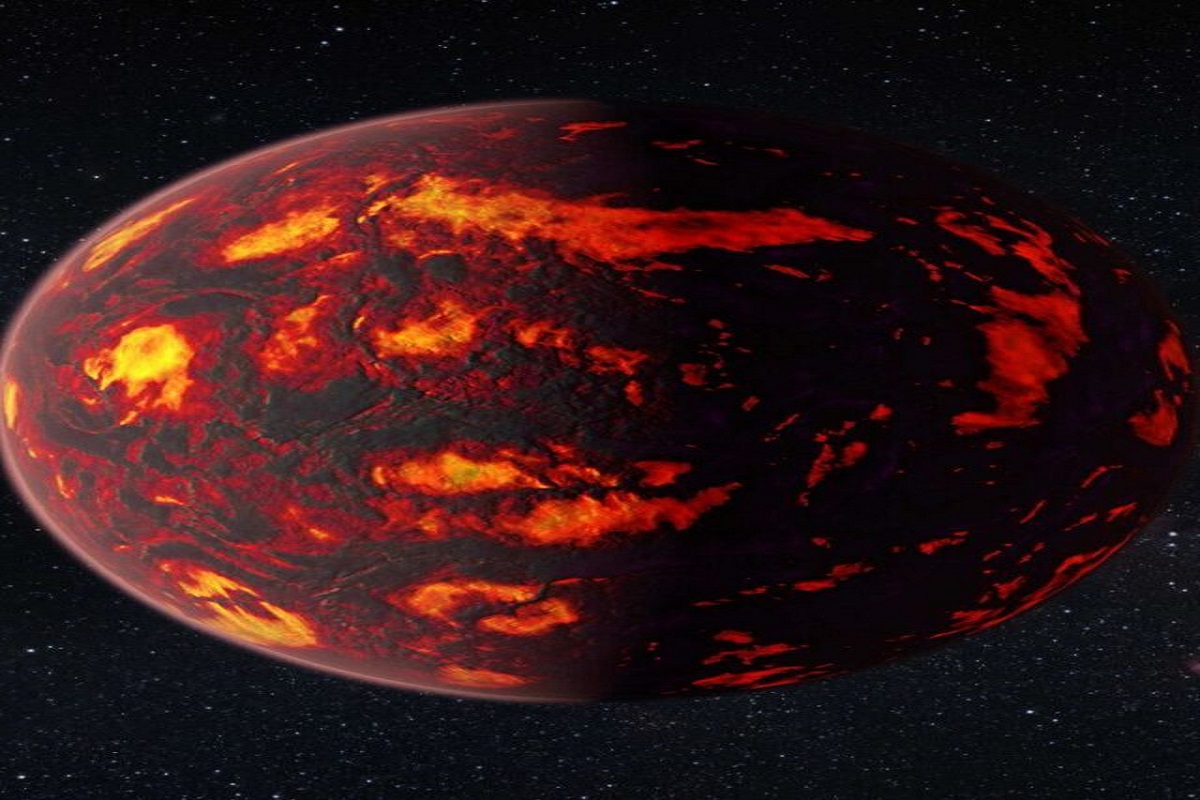COP27 accord criticized as insufficient for people and planet
The nations of the world consented to help pay for the damage...

“Devilishly hot” exoplanet discovered
According to a new study, “hell” is an Earth-sized planet that orbits near its star’s equator.
This “super-Earth” is covered in 2,000°C lava. “Janssen” is a rocky planet outside our solar system.
Because of its abundance of carbon, which forms diamonds under pressure, it’s called the “diamond planet.” Space exploration equipment precisely measured sunlight from Janssen’s star, Copernicus.
Alien hunters may be affected. Such knowledge is vital for estimating the prevalence of Earth-like conditions and extraterrestrial life.
Lily Zhao, a research fellow at the Flatiron Institute’s Center for Computational Astrophysics (CCA), led the work.
Other planets have such different orbits that they never pass Earth. As Janssen moved between Earth and the star, light measurements varied, akin to a solar eclipse.
It means the planet started in a cooler orbit farther from Copernicus and sank through time. As Janssen approached, she reversed course. Dr. Zhao says the planet “was probably so hot that nothing we know could survive on the surface.”
Researchers hope these findings will help us understand how planets develop and travel across eons.
Janssen is the first discovered “super-Earth” It’s eight times as wide as our world. Hydrogen is plentiful. Helium and cyanide may be present. It’s the only exoplanet with an atmosphere, despite its horrific surface.
Janssen’s orbit has a 2-million-km minimum radius. Mercury has 46 million people and Earth has 147 million.
Astronomers say the planet formed 8 billion years ago. Because it circled Copernicus so closely, its existence was questioned.
Catch all the Business News, Breaking News Event and Latest News Updates on The BOL News
Download The BOL News App to get the Daily News Update & Live News.